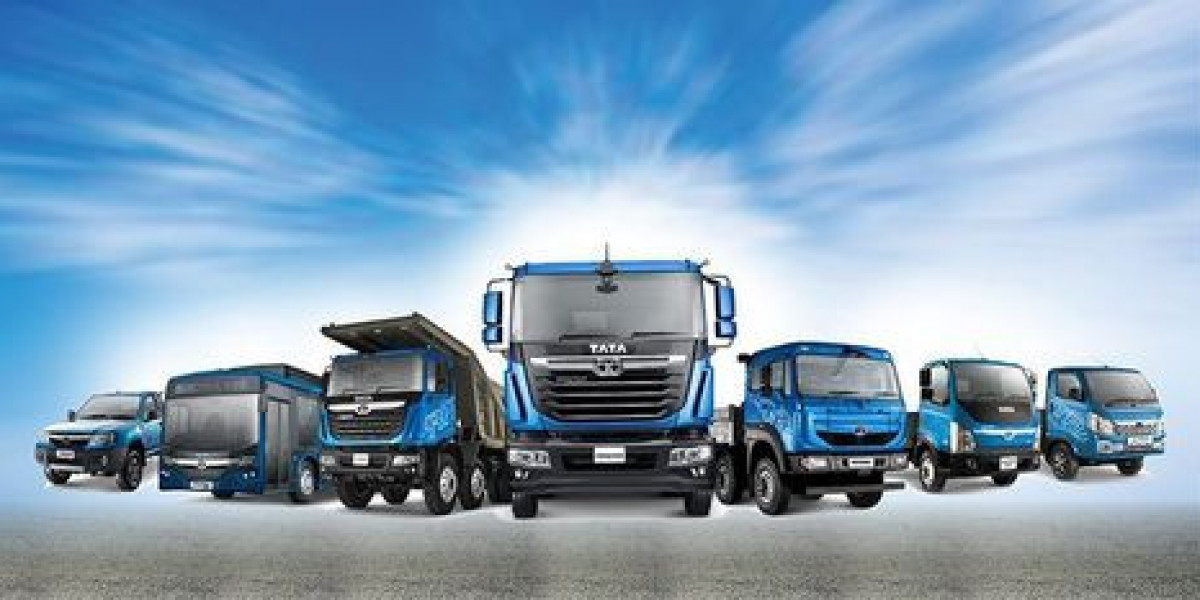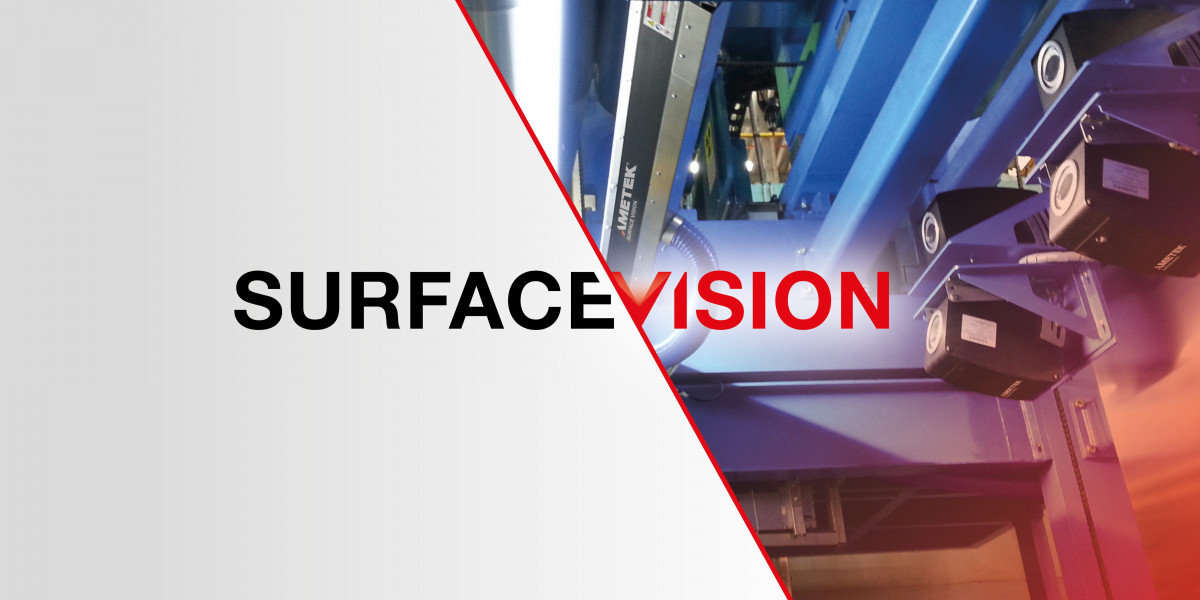Few drivers understand the distance required to bring their vehicles to a complete stop. In our crash reports from emergency medical services, we find many rear-end crashes caused by either the wrong speed for the conditions, inappropriate following distances or a lack of driver attentiveness. Many crashes where smaller vehicles are rear-ended by heavy vehicles like trucks also reveal that drivers do not understand the increased stopping distance required.
Additionally, understanding the different trucks and their applications is crucial. The key aspects you need to consider are:
Understanding the road conditions
South Africa’s roads can pose challenges, including poor road quality, uneven surfaces, and sometimes narrow roads, especially in urban areas. This requires careful route planning and vehicle maintenance to ensure safe and efficient operation.
Pre-planning routes
Pre-planning routes is crucial for abnormal load trucks or large vehicles to avoid potential issues like narrow roads, sharp corners, or low bridges. This also helps avoid high-risk areas and ensures on-time delivery.
Vehicle maintenance
The increased weight and size of loads carried by various types of trucks can put extra strain on vehicle components, leading to accelerated wear and tear. Regular and proactive maintenance is essential to prevent breakdowns and ensure safe operation.
Utilising technology
Fleet management systems, including telematics and GPS tracking, can provide real-time data on vehicle location, driving behaviour, and fuel consumption, aiding in proactive maintenance and improving efficiency.
Driver training and awareness
Proper training for drivers, particularly those handling abnormal loads, is crucial for safe and efficient operation. Awareness of specific challenges, like increased stopping distances and potential blind spots, is also important.
Understanding different truck types
The right truck for the job is essential for efficiency. South African businesses may use various trucks, from light commercial vehicles for urban deliveries to heavy-duty trucks for long-haul transport and construction.
Addressing specific challenges
South Africa faces challenges like power outages and adapting to changing conditions. Fleet managers need to develop strategies to mitigate the impact of these challenges and ensure their fleet’s smooth operation.
Monitoring and rewarding safe driving
Telematics and monitoring systems help identify areas for improvement in driver behaviour and rewarding safe driving practices assist in promoting a culture of safety and compliance on roads.
Compliance with regulations
South Africa has specific truck size, weight, and speed limit regulations. Fleet managers must ensure their vehicles and drivers comply with these regulations to avoid paying unnecessary penalties.
Cost optimisation
Managing a fleet efficiently requires controlling fuel consumption, maintenance, and driver wages. Fleet management systems and data-driven decision-making can help optimise these costs.
Safety culture
Building a strong safety culture within the organisation is crucial for reducing accidents and promoting responsible driving behaviour.
Conclusion
By addressing these aspects and utilising available resources, you can effectively manage vehicles around trucks in South Africa, ensuring safe, efficient, and cost-effective business operations.










